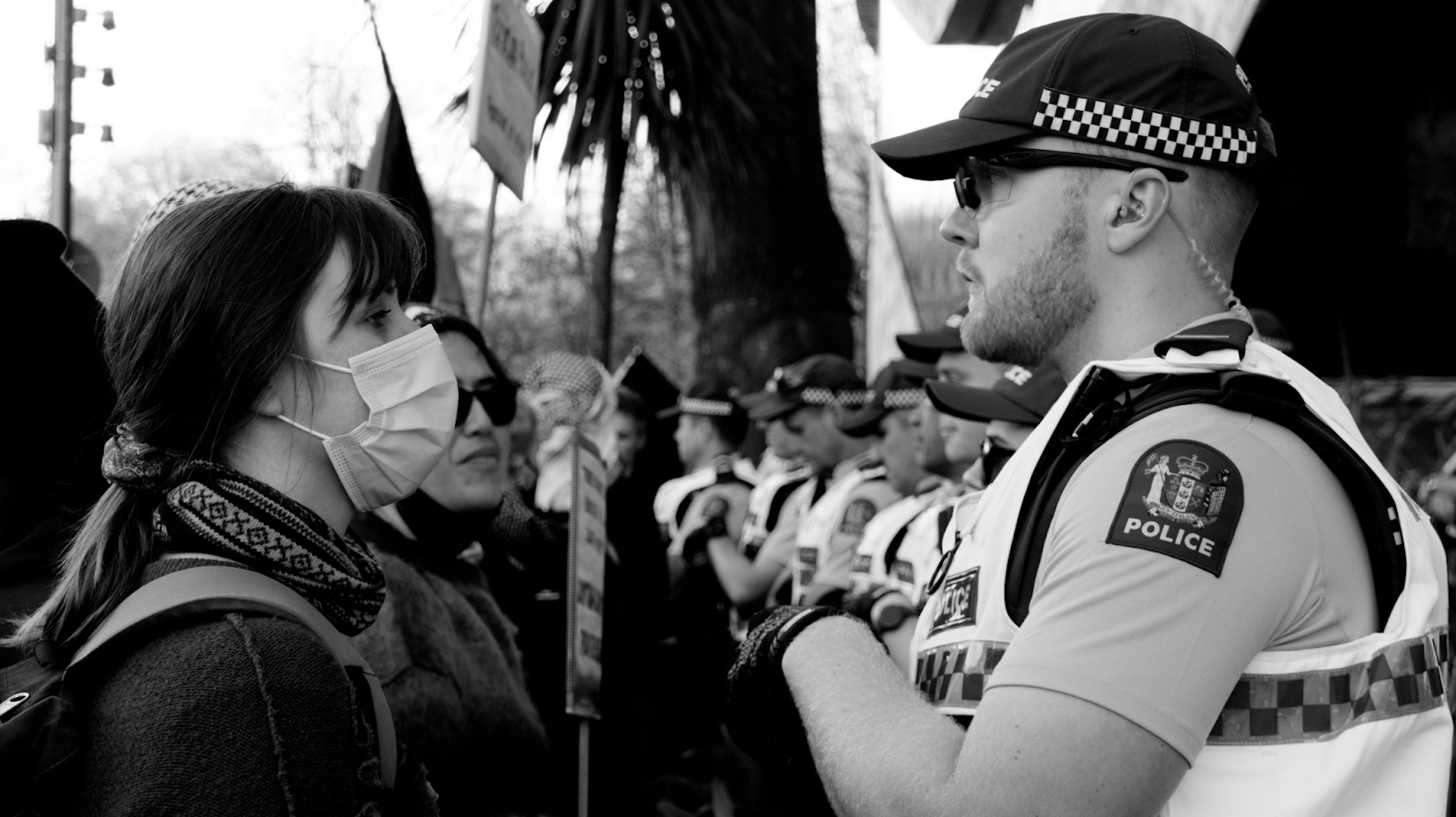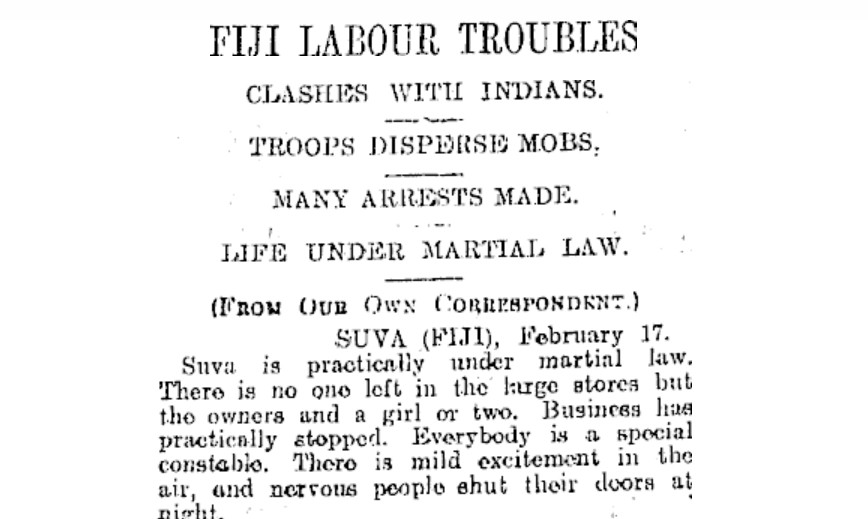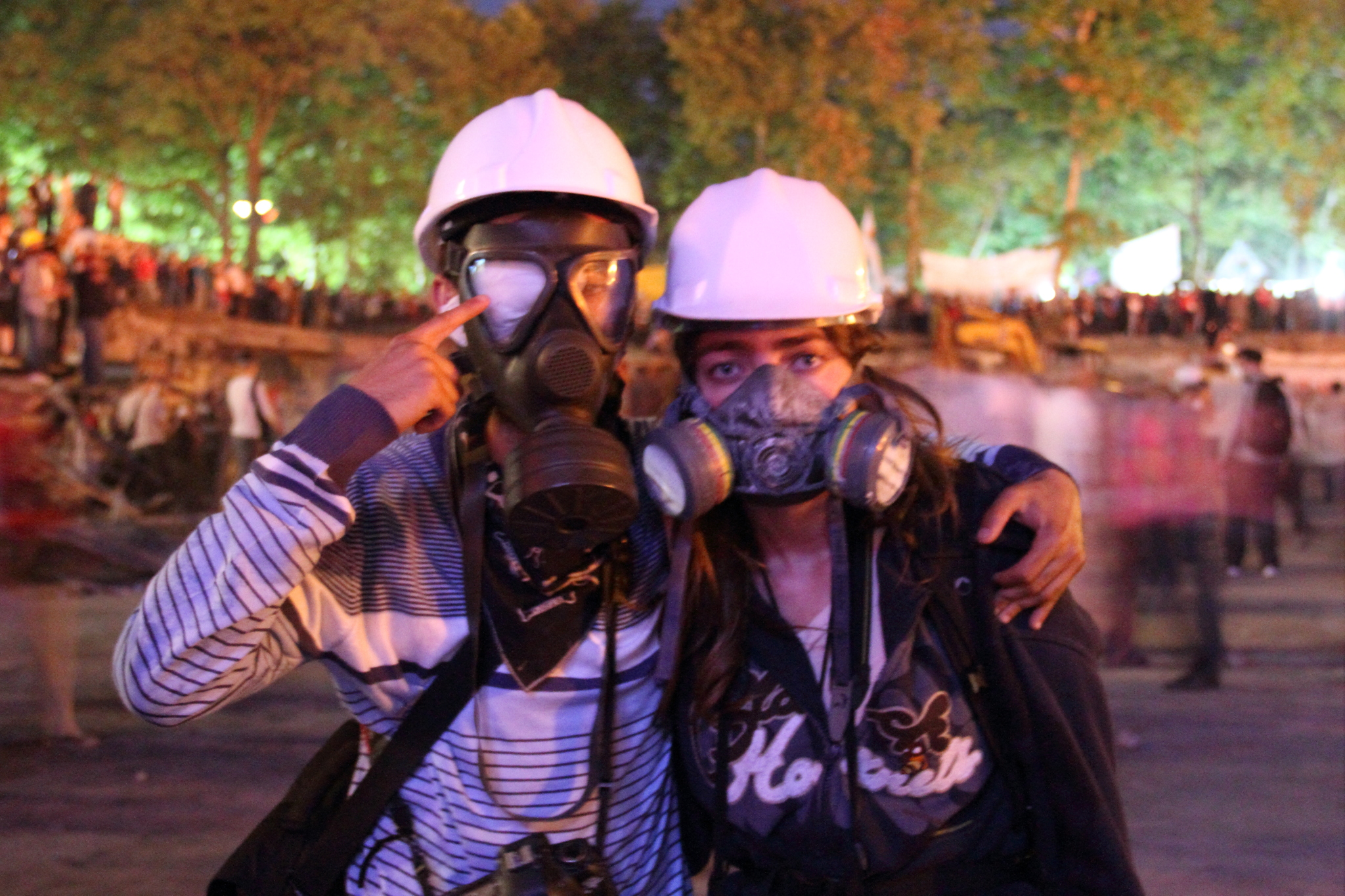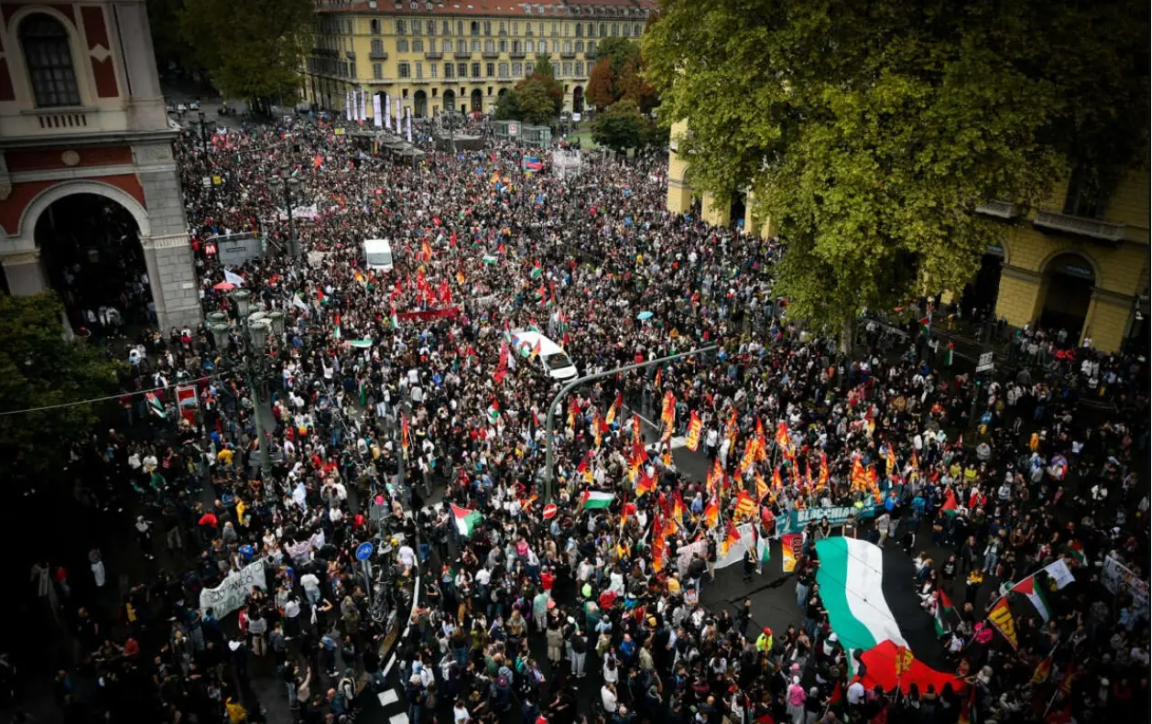The Second Chinese Revolution of 1925-27 was a turning point in world history. Consider the world situation around 1924-1925. In Europe the revolutionary wave that accompanied the end of the First World War had exhausted itself to leave the Russian Revolution isolated. In Germany the revolutionary process from 1918 to 1923 had been halted and capitalism temporarily stabilised by the Social Democrats.
The short-lived Hungarian Soviet government had fallen in 1919. In Italy the ‘Biennio Rosso’, the two red years of 1919-1920, had given way to reaction and the accession to power by Mussolini. In Poland reaction set in and Marshall Pilsudski would install himself as dictator in 1926.
Hope for the spread of the world revolution, and relief to the beleaguered Soviet Union, now lay in the east, in the struggle against imperialism, especially in China. These hopes were not realised. The defeat of the Second Chinese Revolution had devastating consequences that defined the dark days of the 1930s.
First of all in China itself the struggle for unification and independence was stalled giving the opportunity for a massive expansion of Japanese imperialism into the country, followed by invasion in 1937.
In the Soviet Union, ironically, the architects of the Chinese defeat were strengthened. With the Soviet Union isolated more than ever Stalin’s doctrine of ‘socialism in one country’ replaced an internationalist perspective for world revolution. Communist parties worldwide would be subordinated to the diplomatic needs of the Soviet Union. The consequences of this subordination were huge.
Subordination to Stalin meant that in Germany the Nazis were allowed to take power without resistance despite the communist and social democratic parties having a combined strength greater than the fascists. In the early 1930’s the Moscow line had become ultra-left and sectarian. Instead of seeking united action with the Social Democrats, communists dismissed them as ‘social fascists’. Against all Trotsky’s warnings of the true nature of fascism, the Stalinists complacently said “After Hitler, our turn”.
In Spain, the revolution sparked by Franco’s military revolt was quashed as communists were ordered to ally with the liberal bourgeoisie in a popular front. Disarming the workers’ militias, postponing land reform, and not declaring independence to Morocco, only helped Franco win the civil war with in part Moroccan troops.
Therefore the events of the 1920s, hinging on China, were the key to the main facts of the 1930s – the rise of fascism in Europe, Stalinist dictatorship in the Soviet Union, the growth of Japanese imperialism in the east and heightened inter-imperialist rivalry with the bourgeois democracies – USA, France and Britain.
The Second Chinese Revolution is also important from another aspect. Communist parties’ policies changed internationally from the time of their origins when Lenin and Trotsky were at the head of the Bolshevik government to after Lenin was incapacitated in 1922 and Trotsky sidelined in 1923. Communist policy at the time of the Chinese revolution was contended between the ruling bureaucracy around Stalin and the Left Opposition lead by Trotsky.
China was central to this struggle for the soul of the communist movement. Trotsky wrote copiously on China, but his writings were suppressed by Stalin and could not influence events, although Chen Duxiu, co-founder and General Secretary of the CCP 1921-1927, and P’eng Shuzi, a central committee member during the revolution, went over to Trotskyism. Trotsky’s writings on China are still essential reading for Marxists today.
The new line had disastrous consequences in China; and, incidentally, the same politics delivered a tragic setback to the Communist Party in Britain where the party failed to provide independent left-wing leadership leading up to and during the 1926 General Strike.
Background
The following brief, simplified account of the Second Chinese Revolution must start with the Opium Wars of 1839-42 and 1856-60. These wars were between the capitalist Britain and feudal China under the Qing dynasty.
China was defeated. Hong Kong was ceded to Britain. China was forced to sign what become known as the ‘Unequal Treaties’. Foreign powers were permitted to establish ‘concessions’, mini-colonies, in the coastal cities where the colonisers’ laws, not China’s, applied. China became preyed upon by all the imperialist powers, with the collaboration of a comprador class of Chinese capitalists.
Dynastic rule collapsed in the Xinhai Revolution of 1911, but republican nationalist leader Sun Yat-sen (in the USA during the revolution) could not hold on to his provisional presidency of the new republic. China was fragmented under the sway of warlords and, of course, the imperial powers.
Events leading up to the Second Chinese Revolution start with the signing of the Treaty of Versailles in 1919. Japan was handed the province of Shandong – so much for Woodrow Wilson’s fine words on self-determination. This provocation got a reaction. On 4 May 1919 huge student demonstrations broke out in the major cities. Workers joined in the May the Fourth Movement, going on strike in support of student demands.
Chinese Communism
The Chinese Communist Party was founded in 1920 by leading figures of the May the Fourth Movement, and from small beginnings won influence in the burgeoning working class movement.
The prestige of the Russian Revolution was still so great at that time that it was inevitable the CCP would adopt policies decreed by the Russian party and the Comintern, the international federation of communist parties.
The policy pushed onto the Chinese Party was not the Bolshevik policy of permanent revolution, but the revived Menshevik policy of collaboration with the bourgeoisie.
The theory of permanent revolution, as applied by the Bolsheviks in Russia in 1917, was that only a workers’ revolution could complete the democratic tasks of a bourgeois revolution, given the cowardly nature of the capitalists, who were more afraid of the awoken working class than of a czarist restoration. Only a working class revolution could end the war, grant self-determination to the empire’s nationalities, redistribute land to the peasants and ensure no return to czarism. In other words, workers should not stop the revolution halfway at the point of the Czar’s abdication, but press on, put themselves at the head of the multi-millioned peasantry, and take power.
The Mensheviks, the right-wing of the workers’ movement, opposed the Bolshevik revolution believing that only a transition from Czarism to a bourgeois-democratic stage of development was possible. That meant supporting the war, postponing land reform and workers’ dropping their own demands.
The new Soviet bureaucracy pursued a policy for China that was exactly Menshevik, with its insistence upon an alliance with the bourgeois Guomindang party and readiness to subordinate the interests of the workers to those of the combined nation. The policy was a reversion to the theory that progress had to advance through set historical stages corresponding to economic development.
In China stages theory meant that the struggle for socialism must be postponed until after national liberation and bourgeois democratic rule had been achieved. Crucially, it meant that the CCP should not have an independent policy.
Thus it was that in December 1923 a decision of the Executive Committee of the Comintern called upon the CCP to give up functioning as an independent force in favour of building Sun Yat-sen’s nationalist Guomindang. The CCP complied and its manifesto stated, “The Guomindang should be the central force in the national revolution and should stand in the leading position.”
The main problem with policy was that the bourgeoisie would prove to be more interested in crushing the working class than removing imperialism from China. With the CCP giving its support to the Guomindang, there was no independent politics to represent the interest of the working class. The workers were politically disarmed; the true nature of their future nationalist executioners hidden by communist camouflage draped over the GMD by Stalin.
Revolution
The revolution started with a strike in Shanghai in Japanese owned cotton mills. One of the workers’ leaders was killed sparking anti-imperialist protests by students and workers. On 30 May 1925 British police reacted to a demonstration in front of a police station in the traditional way. They fired, killing 7 and wounding lots more. Workers, students and merchants in Shanghai and the major cities struck and demonstrated.
A few days later in Guangzhou British and French police strafed demonstrators with machine guns, killing 57 and wounding 117.
P’eng Shuzi has written:
“Immediately upon hearing of the butchery by the British imperialists in Canton, the workers in Hong Kong called a general strike, and many travelled to Canton. It was at this time the Canton – Hong Kong strike committee was established; this became the bastion for the anti-imperialist movement in South China, initiating the blockade of Hong Kong. This was a very grave attack on against British imperialism.”
At this point the Chinese capitalists became more frightened of the workers than of competition with foreign capitalists, and they dropped out of the anti-imperialist camp. In Shanghai the capitalists allied themselves with local warlords to repress the workers’ main organisation, the Shanghai General Labour Union.
In March 1926 Chiang Kai-shek began a military coup within the GMD, based in Guangzhou, to install himself as leader. All Communists who headed military units in the Guomindang were arrested. The headquarters of the Canton-Hong Kong strike committee was disarmed, the strike still going on from the previous year.
In Shanghai the CCP central committee members raised the call for the immediate withdrawal of the party from the GMD. Borodin, the Comintern’s representative (ie Stalin’s representative) clamped down on the tendencies within the Chinese party towards an independent policy. He declared, “The present period is one in which the Communists should do coolie services for the Guomindang!”
In July 1926 Chiang Kai-shek launched the Northern Expedition, ie a military campaign northwards from his Guangzhou base. The CCP mobilised workers and peasants in support of the campaign, liberating areas and cities in advance the troops. As the GMD took control of central China workers flocked into unions and peasants into provincial associations hundreds of thousands strong. Peasants started to take over the land and in January 1927 workers were taking over concession areas in Yangtze River valley cities.
Despite GMD and CCP policy the revolution was spreading and deepening. In March workers rose to take over Shanghai before Chiang Kai-shek’s troops arrived. Chiang was now went in full-scale counter-revolutionary mode. In April he began his military coup in Shanghai.
Here’s P’eng Shuzi again:
“Thousands of fighting workers and Communist Party members were massacred. Workers organisations (unions) were destroyed. Communist party members were hunted by the reactionaries. … This then was Stalin’s final reward for his policy of KMT-CCP collaboration, his unconditional support of the Chiang-led Northern Expedition, his concealment and defense of all of Chiang’s counterrevolutionary activity, and his hopes for Chiang’s success in destroying imperialism and the warlords and completing the struggle for national independence.”
After Chiang’s suppression of the CCP in Shanghai, and of the workers and peasants in the recently liberated provinces, the Comintern and CCP policy of collaboration had to be modified, but it did not change in essence. Moscow dictated that instead of collaboration with Chiang Kai-shek the communists should now work with the so-called GMD left-wing government in Wuhan.
However, the GMD left-wing proved just as reactionary. In July 1927 it issued an order requiring all CCP members in the GMD and its army to leave their party or be punished. Stalin’s China policy was in tatters. Everything that Trotsky had foretold had come about.
Stalin now decreed that the setbacks were in fact a development of the revolution to a higher stage. He now veered from the rightwing Menshevik policy to an adventurist ultra-left policy of launching uprisings.
The first uprising was at Nanchang on 1st August 1927 when military units under CCP command took control. The insurrection only lasted 3 days before the CCP had to retreat and its forces be dispersed. Next it was the turn of Hunan and Hupeh comrades to launch suicidal uprisings despite the white terror that by then had forced CCP members to hide out in mines and villages. More heroic members were killed and party connections with workers lost.
At the end of October it was the turn of Hailufeng and Lufeng. This uprising did draw in thousands of peasants into an agrarian movement for land reform, but the struggle was isolated from workers in the nearest cities of Guangzhou and Hong Kong. The peasant forces were encircled by the GMD and destroyed.
The last adventure was the Guangzhou (Canton) insurrection starting on 11 December 1927. It lasted 3 days and ended in a bloodbath. According to the GMD, 5700 people were killed; and so ended the Second Chinese Revolution.
Aftermath
Twenty-two years after the crushing defeat of the Chinese working class CCP forces conquered China. But this was a different communist party, a communist party with practically no working class membership. It was not a workers’ revolution. It was a military expedition conducted from rural bases. It was nationalist movement against the Japanese occupation forces, followed by a civil war against Chiang Kai-shek. Mao achieved national unification and independence, not a socialist revolution.
Although not socialist, we should not belittle the importance of the Maoist victory. It was a huge defeat of imperialism. The alternative would have been American domination of China and a huge setback for anti-imperialist struggles everywhere. The victory in China inspired others to fight for national liberation – in Vietnam, Cuba, Algeria, Egypt, and many other nations.
Further Reading
We plan on running a series of articles on socialist history in the Asia-Pacific region, to reflect the significance of this history, China’s rising importance in world capitalism, and our own place as socialists in Aotearoa.
Trotsky’s writings on China are available online, and still repay serious study. Harold Isaacs’ classic study The Tragedy of the Chinese Revolution is also available online. Nigel Harris’ article “Leninism-Stalinism-Maoism” argues the distance of Mao from the classical Marxist tradition of socialism from below, while Charlie Hore surveys China’s more recent development.









